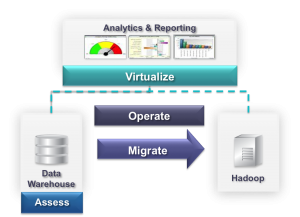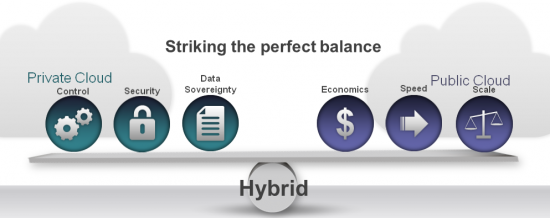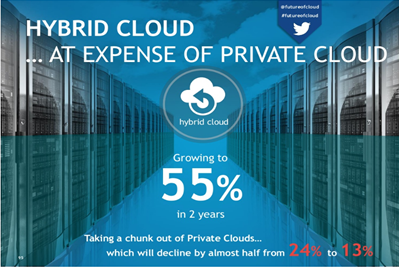The Internet of Things (IoT) has made a profound impact on our lives. However, it also means that more personal information and business data will be passed back and forth in the cloud, and with that comes new security risks, new attack surfaces, and new kinds of attacks. And with an unprecedented number of companies staking the future of their businesses on the pervasive connectedness that the IoT world promises, business leaders need to empower their technical teams to create secure IoT networks.
Most organizations deploy disparate technologies and processes to protect key elements of their businesses, including the information technology (IT) that is typically focused on information protection and operational technology (OT) charged with managing control networks that support critical infrastructure, as well as physical spaces. I recently encountered a company that implements more than 80 security products for different tasks. Many of these systems don’t work together, which in turn limits the level of security this company can achieve.
In an IoT environment, we need to accommodate the priorities of both IT and OT networks, balance physical safety and security requirements, and also begin to implement cybersecurity solutions to equally protect all networks from attack. Solutions must be put into place to protect the device, control levels of the network, and the data contained and shared. We need to shift our mindset from considering each object in isolation, to looking at the whole. Attackers are taking a holistic view of the IoT and defenders must do the same.
Continue reading “Securing What’s At Stake with the Internet of Things”
 In the ever-changing world of enterprise branch environments, a high number of businesses are planning to migrate their WAN to the Internet. To be exact, Nemertes Research (
In the ever-changing world of enterprise branch environments, a high number of businesses are planning to migrate their WAN to the Internet. To be exact, Nemertes Research (




CONNECT WITH US